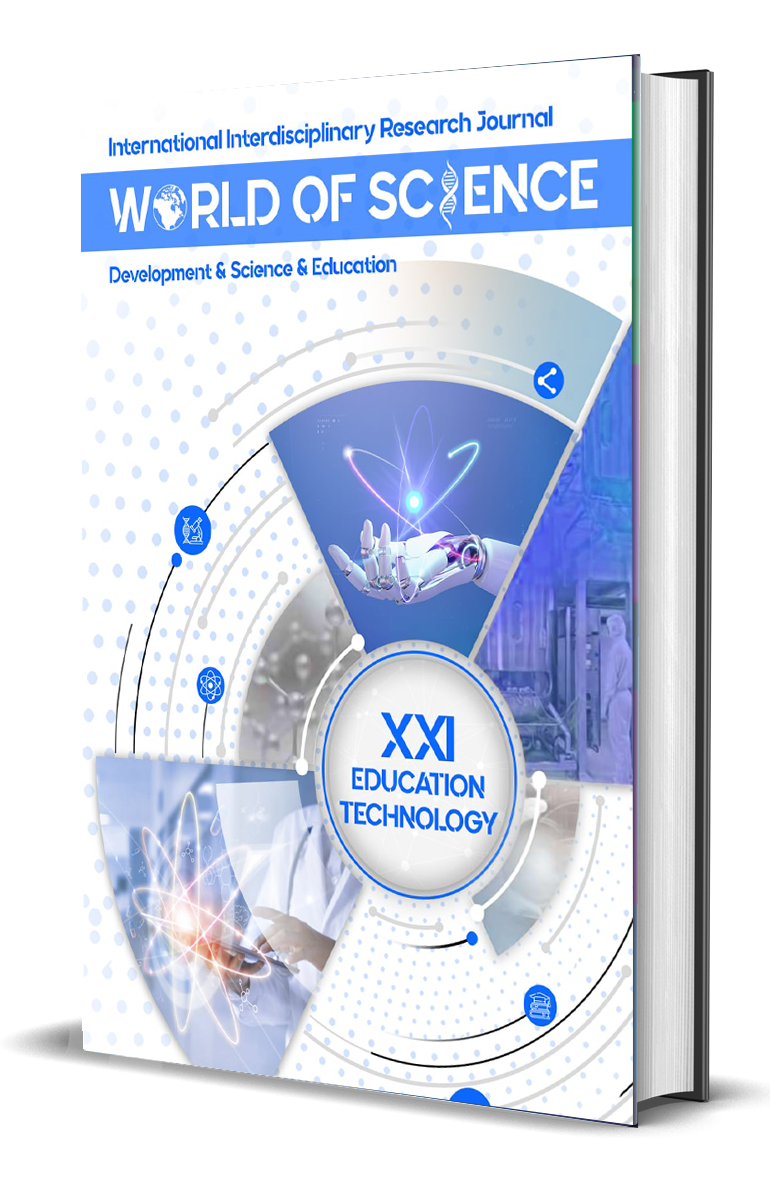ADVANCEMENTS IN UNDERSTANDING DIABETES PATHOLOGY AND PATHOGENESIS
Keywords:
1. Diabetes 2. Pathology 3. Pathogenesis 4. Genetic factors 5. Autoimmune response 6. Insulin resistance 7. Beta cell dysfunction 8. Gut microbiota 9. Research 10. TreatmentAbstract
Diabetes mellitus is a multifaceted metabolic disease characterized by chronic severity caused by defects in insulin secretion, insulin action, or both An estimated 537 million people will live with diabetes by 2023, making it more global. It represents health challenges The prevalence of diabetes continues to rise due to factors such as increase in population, urbanization, sedentary lifestyle, unhealthy diet etc. Challenges of diabetes inability lack of compliance with vascular including cardiovascular disease, ophthalmology, asthma and ophthalmology carries a high risk of morbidity and mortality and mechanisms.
Over the years, extensive research has been conducted to identify the complex pathophysiology of diabetes, with the aim of elucidating the underlying mechanisms of disease progression These efforts have led to remarkable advances in our understanding knowledge of the pathophysiology of diabetes mellitus IX -And advances in technology have provided unprecedented insights into the molecular mechanisms and cellular mechanisms involved in diabetes pathophysiology, allowing for therapeutic interventions as they are focused on it Our aim in this review is to synthesize the current literature on the pathogenesis and pathogenesis of diabetes, focusing on the key mechanisms underlying the development and progression of the disease. Through a systematic review of recent scientific findings, we elucidate the role of pancreatic β-cell dysfunction, insulin resistance, impaired incretin effects, impaired glucagon secretion, and other contributing factors in diabetic pathogenesis Yant of diagnostic tools, treatment methods, prevention strategies and we are clear will discuss recent advances.
References
American Diabetes Association. (2022). Classification and Diagnosis of Diabetes: Standards of Medical Care in Diabetes—2022. Diabetes Care, 45(Supplement_1), S17-S38. doi:10.2337/dc22-S002
International Diabetes Federation. (2021). IDF Diabetes Atlas, 10th edn. Brussels, Belgium: International Diabetes Federation.
Kahn, S. E., Cooper, M. E., & Del Prato, S. (2014). Pathophysiology and treatment of type 2 diabetes: perspectives on the past, present, and future. The Lancet, 383(9922), 1068-1083. doi:10.1016/s0140-6736(13)62154-6
Papatheodorou, K., Banach, M., Bekiari, E., & Rizzo, M. (2017). Edvinsson L., & Nilsson, J. (2021). Epigenetic Modification of Diabetes Risk. Curr Diab Rep, 21(10), 47. doi:10.1007/s11892-021-01511-9
Skyler, J. S., Bakris, G. L., Bonifacio, E., Darsow, T., Eckel, R. H., Groop, L., . . . Weyer, C. (2017). Differentiation of Diabetes by Pathophysiology, Natural History, and Prognosis. Diabetes, 66(2), 241-255. doi:10.2337/db16-0806
Weyer, C., Bogardus, C., Mott, D. M., & Pratley, R. E. (1999). The natural history of insulin secretory dysfunction and insulin resistance in the pathogenesis of type 2 diabetes mellitus. J Clin Invest, 104(6), 787-794. doi:10.1172/jci7231
Zimmet, P., Alberti, K. G., & Shaw, J. (2001). Global and societal implications of the diabetes epidemic. Nature, 414(6865), 782-787. doi:10.1038/414782a





